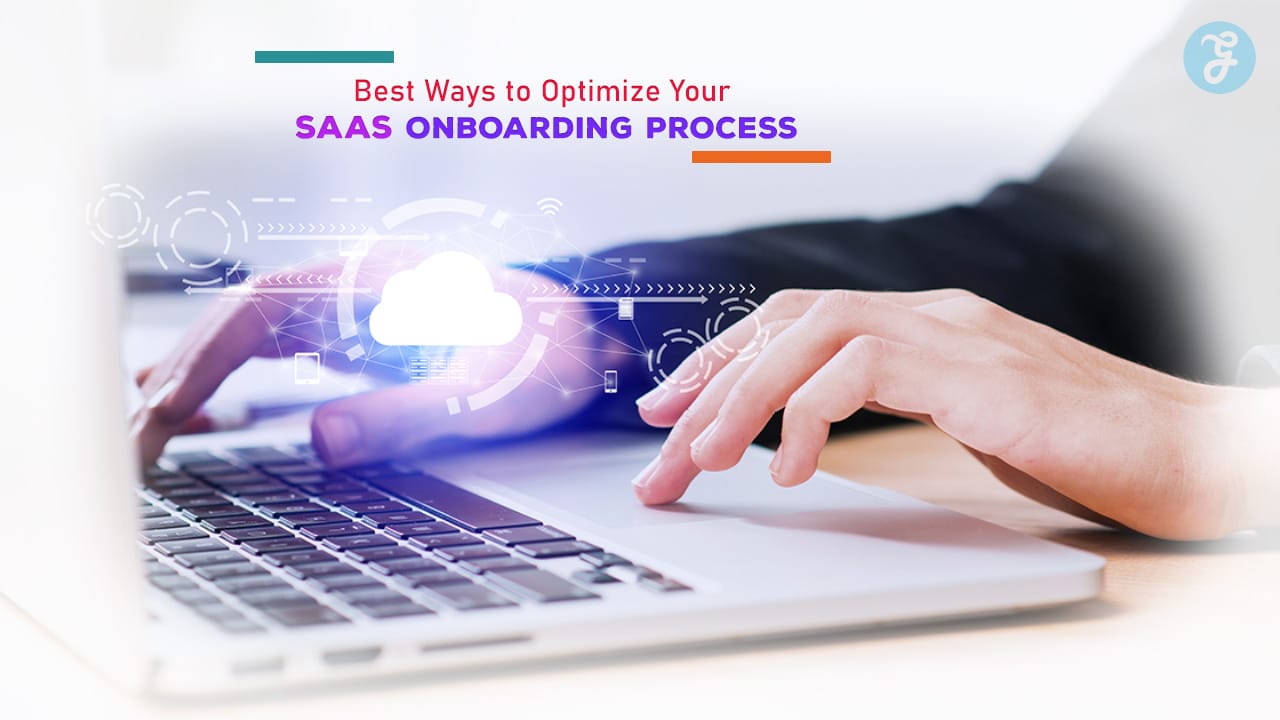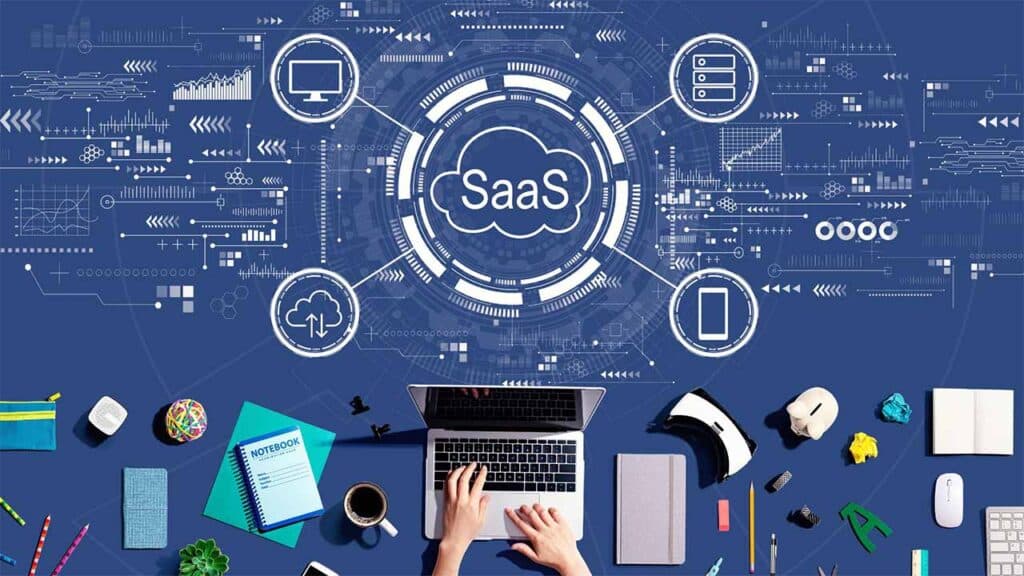An effective onboarding process is essential for any Software as a Service (SaaS) business to ensure new users understand the product, see its value, and continue using it long-term.
A well-designed onboarding experience can lead to higher user retention, reduced churn rates, and increased customer satisfaction.
This article will provide a comprehensive guide on how to optimize your SaaS onboarding process for new users, covering key strategies and actionable tips.
1. Simplify the Sign-Up Process
The Problem:
One of the first interactions a user has with your SaaS product is during sign-up. If this process is too complicated or time-consuming, potential users may abandon it before even experiencing your product.
Best Practices:
– Use Minimal Fields: Request only essential information during the initial sign-up process. For example, ask for just the user’s email and password, or allow third-party sign-up through Google or LinkedIn.
– Progressive Profiling: Rather than requesting all user details upfront, use progressive profiling. This approach gathers additional information over time as the user engages more with your product.
– One-Click Registration: Where possible, integrate social sign-ins (e.g., Google, LinkedIn, or Facebook). This reduces friction and speeds up the onboarding process.
– Clear Call-to-Action (CTA): Ensure your sign-up button is highly visible, with clear and concise messaging like “Start Free Trial” or “Create Account.”
Additional Tip:
Offer a clear incentive for completing the sign-up, such as a free trial, demo, or some immediate benefit that aligns with the user’s needs.
2. Create an Intuitive User Interface (UI)
The Problem:
A complicated or cluttered user interface can confuse new users, especially if they are unfamiliar with your product. If users cannot easily navigate through your platform, they are less likely to stick around.
Best Practices:
– Focus on Clarity and Simplicity: Ensure your UI is clean and user-friendly. Avoid information overload by only showing essential features upfront. Additional functionality can be introduced as users become more comfortable with the platform.
– Visual Hierarchy: Use visual hierarchy techniques like bold headings, contrasting colors, and different text sizes to guide the user’s eye to important elements.
– Interactive Elements: Include tooltips, icons, and tutorials directly in the product to help guide new users. Avoid leaving users to search for basic functions or features on their own.
– Mobile Optimization: Ensure that your SaaS product is fully optimized for mobile devices. With an increasing number of users accessing SaaS platforms via mobile, this is crucial for providing a seamless experience.
Additional Tip:
Run usability tests on your onboarding process to see where users might get confused. This can help you optimize the user interface based on real-world feedback.
3. Offer Personalized Onboarding
The Problem:
Not all users are the same. Some may require a thorough walkthrough, while others might prefer diving straight into the product. A generic onboarding experience may leave some users feeling either overwhelmed or underserved.
Best Practices:
– User Segmentation: Segment users based on their needs, business type, or familiarity with similar tools. This allows you to customize their onboarding experience accordingly.
– Tailored Welcome Screens: Provide personalized welcome screens that suggest features or tutorials relevant to the user’s goals, based on the information they provided during sign-up.
– Choose Your Own Adventure: Implement onboarding that lets users pick their path. For example, allow users to skip tutorials if they are already familiar with the product or provide additional help for novice users.
Additional Tip:
Gather feedback after onboarding to better understand how well the process aligns with users’ expectations and needs. This can help you make continuous improvements.
4. Incorporate Interactive Product Tours
The Problem:
Simply providing users with documentation or a series of videos might not engage them effectively. Users are more likely to retain information and feel more comfortable with your product if they can interact with it from the start.
Best Practices:
– Interactive Walkthroughs: Implement guided product tours that demonstrate how to use key features step by step. These tours should provide users with hands-on experience, allowing them to learn by doing.
– Highlight Key Features: Use callouts or hotspots to emphasize important functionalities as users explore the platform. Make sure these prompts are unobtrusive and can be skipped or revisited as needed.
– On-Demand Help: While a full product tour might not be necessary for every user, ensure there are easily accessible help icons or interactive elements available for those who want a more detailed walkthrough.
Additional Tip:
Gamify the product tour by rewarding users with badges or milestones for completing sections. This can make the onboarding process more engaging and less intimidating.
5. Utilize Educational Content and In-App Messaging
The Problem:
Some users may find themselves stuck even after a product tour. Without ongoing support or educational resources, users might feel frustrated and abandon your SaaS product altogether.
Best Practices:
– In-App Messaging: Use in-app messaging to deliver helpful tips or suggestions as users engage with the platform. These messages should be contextual, providing relevant information based on user actions.
– Help Center and Knowledge Base: Create a comprehensive help center with tutorials, FAQs, videos, and troubleshooting guides that users can access at any time.
– Drip Email Campaigns: Develop a series of onboarding emails to guide users through the product, explaining features in more detail and showcasing how they can maximize its value.
– Video Tutorials and Webinars: Offer short video tutorials or invite users to attend webinars where they can get more in-depth knowledge about your product’s capabilities.
Additional Tip:
Ensure the in-app messages and educational content can be customized and updated in real-time. This allows you to improve and adapt the onboarding process based on user behavior and feedback.
6. Encourage Early Success with Quick Wins
The Problem:
New users may quickly churn if they do not see the value of your SaaS product early on. It’s crucial to get them to their “Aha!” moment as soon as possible.
Best Practices:
– Define the ‘Aha!’ Moment: Identify what constitutes a major success or win for your users when using your product, such as completing their first task, importing data, or setting up a key integration.
– Guide Users Toward Quick Wins: Ensure your onboarding process leads users to achieve a small but meaningful success early in their journey. This could be sending their first email campaign, scheduling a meeting, or generating their first report.
– Provide Positive Reinforcement: Celebrate user milestones with congratulatory messages or rewards when they complete an important task or achieve a specific goal within the platform.
Additional Tip:
Analyze user data to determine the actions or milestones that correlate with higher retention rates and use this information to adjust your onboarding process.
7. Provide Ongoing Support and Check-Ins
The Problem:
Users may need ongoing support, even after the initial onboarding phase. If they encounter difficulties or if they stop using your product, you might lose them as customers.
Best Practices:
– Dedicated Customer Support: Ensure that new users can easily reach customer support through live chat, email, or phone. A responsive support team can help resolve issues before they lead to frustration.
– Scheduled Check-Ins: Automate check-ins after a week or a month of usage to ensure users are getting the most out of the product. These can be personalized emails that inquire about their experience or offer further resources.
– Feedback Mechanisms: Actively solicit feedback from users about their onboarding experience and overall product usage. Use this feedback to identify pain points and make necessary improvements.
Additional Tip:
Consider implementing a dedicated customer success team that can proactively reach out to users and offer one-on-one help as needed.
8. Continuously Optimize and Improve the Process
The Problem:
Even the best onboarding processes can become outdated as your SaaS product evolves. If you fail to update your onboarding process regularly, it may no longer be effective in helping new users.
Best Practices:
– A/B Testing: Run A/B tests on different aspects of your onboarding process to see what works best. Test everything from email content to in-app tours and messaging prompts.
– Monitor User Behavior: Use analytics tools to track user behavior during onboarding. This will give you insights into where users drop off, what features they engage with, and how long it takes them to complete the onboarding process.
– Iterative Improvements: Based on the data you gather, make continuous improvements to the onboarding experience. This could involve tweaking messaging, adding new resources, or adjusting the UI.
– Benchmark Success: Establish key performance indicators (KPIs) for your onboarding process, such as the time it takes users to reach the first milestone, user engagement with onboarding materials, or trial-to-paid conversion rates.
Additional Tip:
Regularly survey your user base to understand their onboarding experience. This qualitative data will complement the quantitative data you collect, giving you a holistic view of what works and what needs improvement.
Conclusion: Crafting a Seamless Onboarding Experience
Optimizing your SaaS onboarding process is critical to the success of your product. A well-thought-out onboarding experience can be the difference between a user who churns within a week and one who becomes a loyal, long-term customer.
By simplifying sign-ups, creating intuitive UIs, offering personalized experiences, and providing ongoing support, you can ensure new users get the most value from your SaaS product right from the start.
Continuously improving your onboarding process will also help you stay competitive in a rapidly evolving market.
The key to success lies in understanding your users, guiding them to early victories, and offering support when needed. With a carefully optimized onboarding process, you’ll not only improve user retention but also create long-lasting relationships with your customers






































